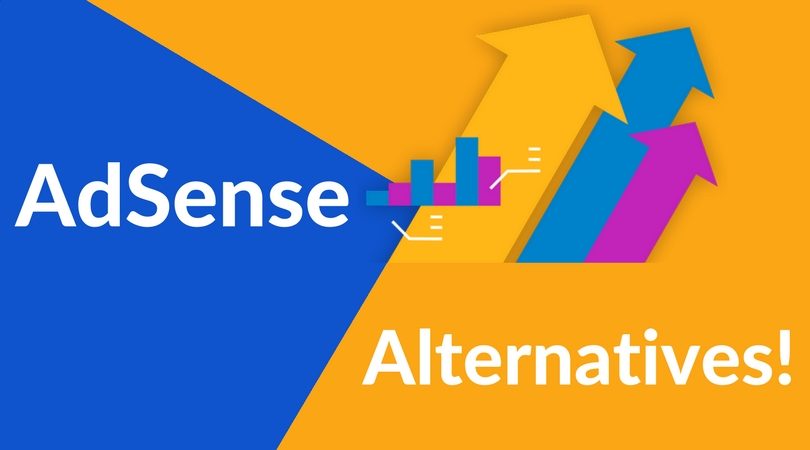The digital marketing landscape has long been haunted by a persistent question: what reigns supreme in the realm of content – quality or quantity? For years, businesses have grappled with this dilemma, with some churning out a high volume of articles, hoping to capture a wider net of keywords, while others have painstakingly crafted fewer, more in-depth pieces. The debate over quality content versus quantity is not just a matter of strategy; it’s a fundamental question about how to best connect with your audience and appease the ever-evolving Google algorithm.
For the first decade of the internet, a quantity-based approach often yielded significant results. The more you published, the more opportunities you had to rank for various search terms. However, the digital tides have turned dramatically. In the current landscape, the answer is resoundingly clear: quality content is the undisputed champion. This isn’t to say that quantity is irrelevant, but its role has shifted from a primary goal to a byproduct of a well-executed quality content strategy.
The Rise of the Discerning Reader and a Smarter Google
The modern internet user is inundated with information. They have become adept at filtering out the noise and seeking out content that is truly valuable, insightful, and engaging. They don’t just want answers; they want comprehensive solutions, expert perspectives, and a satisfying user experience.
Simultaneously, Google has been on a relentless quest to refine its search results to mirror this human desire for quality. The introduction and subsequent updates of algorithms like Panda, Penguin, Hummingbird, and the recent and impactful Google’s Helpful Content System have systematically devalued thin, low-quality, and unhelpful content. The Google algorithm is no longer just a system that matches keywords; it’s a sophisticated engine that strives to understand user intent and reward content that best satisfies it.
This shift marks a pivotal moment for content creators. The focus is no longer on simply being present; it’s about being the best possible resource for a given topic. This is where the true power of a robust content strategy centered on quality content shines.
What Does “Quality Content” Actually Mean in 2025 and Beyond?
The term “quality” can be subjective. However, in the context of SEO and user engagement, quality content has several distinct and measurable characteristics:
- Comprehensive and In-Depth: It delves deep into a topic, answering not just the primary question but also the follow-up questions a user might have. Think long-form blog posts, ultimate guides, and detailed case studies.
- Original and Unique: It offers a fresh perspective, original research, or a unique compilation of information that can’t be found elsewhere. Plagiarism or rehashed content is the antithesis of quality.
- Accurate and Trustworthy: It is well-researched, factually correct, and demonstrates experience, expertise, authoritativeness, and trustworthiness (E-E-A-T). For topics in the Your Money or Your Life (YMYL) category, adhering to these E-E-A-T guidelines is non-negotiable.
- Well-Structured and Readable: It is easy to navigate, with clear headings, subheadings, short paragraphs, and relevant visuals. Proper formatting enhances the user experience and keeps readers engaged.
- Engaging and Actionable: It speaks directly to the reader’s needs and provides practical takeaways. This could be in the form of step-by-step instructions, actionable tips, or thought-provoking questions.
- Optimized for Search Intent: It aligns with what the user is truly looking for when they type a query into Google. Understanding and addressing the four types of search intent is a cornerstone of a successful content strategy.
The Evolving Role of Quantity in a Quality-First World
So, where does this leave quantity? Publishing consistently is still important. A regular publishing schedule signals to both users and search engines that your website is active and a reliable source of fresh information. However, the key is to not sacrifice quality for the sake of a demanding publishing calendar.
Think of it this way: one piece of exceptional, evergreen quality content that attracts backlinks, social shares, and continuous traffic is far more valuable than ten mediocre articles that get lost in the digital abyss. A sound content strategy finds the right balance. It might mean publishing one in-depth article a week instead of five short, superficial posts. The frequency should be sustainable without compromising the integrity and value of your content.
A Winning Content Strategy: Where Quality and Consistency Converge
The most effective content strategy in the modern digital landscape is one that prioritizes quality content while maintaining a consistent publishing cadence. Here’s how to achieve this synergy:
- Audience-Centric Approach: Before you write a single word, deeply understand your target audience. What are their pain points? What questions do they have? What kind of content do they find most valuable?
- Keyword Research with Intent in Mind: Move beyond simply identifying popular keywords. Analyze the search intent behind those keywords. Is the user looking for information, a product, or a specific website?
- Content Audits and Updates: Regularly review your existing content. Identify underperforming articles and either update them with fresh information and insights or redirect them to more comprehensive pieces. This is a powerful way to leverage your existing assets.
- Focus on Pillar Content and Topic Clusters: Create comprehensive “pillar” pages on broad topics that are central to your business. Then, create a “cluster” of related, more specific articles that link back to the pillar page. This approach, detailed in this guide to topic clusters by Semrush, demonstrates topical authority to the Google algorithm.
- Promote and Distribute: Creating quality content is only half the battle. You need to actively promote it across various channels, including social media, email newsletters, and outreach to relevant publications.
In conclusion, the “quality content vs. quantity” debate has reached a clear verdict. While consistency in publishing remains a factor, the overwhelming emphasis from both discerning readers and the sophisticated Google algorithm is on the depth, value, and overall quality of your content. By shifting your focus from the sheer volume of your output to the excellence of each piece, you will not only enhance your user engagement and SEO rankings but also build a lasting and authoritative brand in the crowded digital world. Invest in creating the best possible resource, and the rewards will follow.



